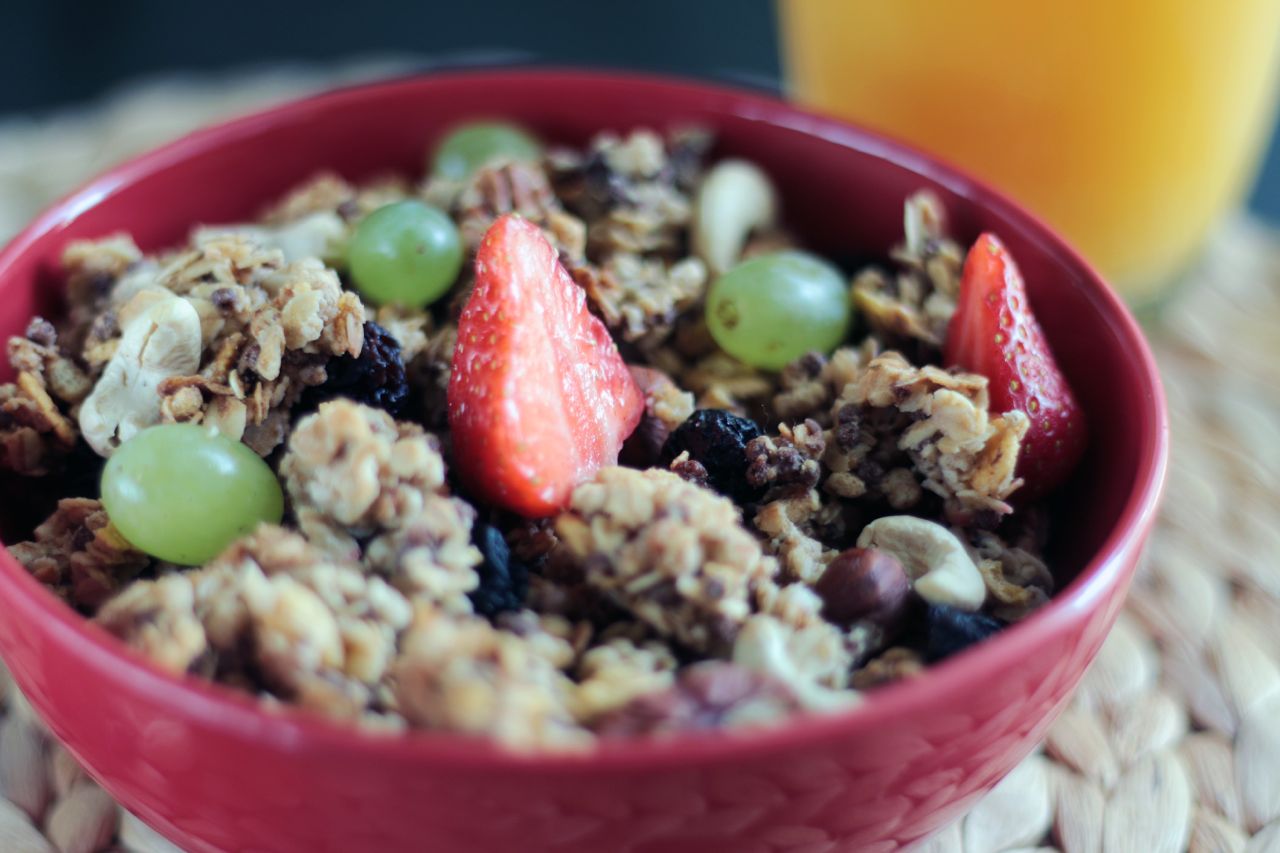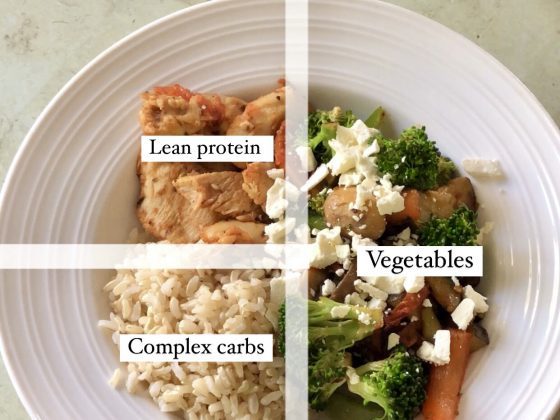As you walk down the aisles of the supermarket it’s hard not to feel bombarded by food labelling. Low GI. No Added Sugar. Low fat.
But what do they actually actually mean? In today’s post we’re going to explore one in particular, Low GI.
Firstly, what does GI stand for? GI stands for Glycemic Index. Despite it’s confusing name, it’s actually quite a straight forward concept. It’s a ranking given to food to describe how quickly the carbohydrate in the food is broken down and absorbed into the blood stream.
Low GI versus High GI
As expected, a low ranking represents a low GI food and a high ranking represents a high GI food. From there, we can say that high GI foods are quickly broken down and absorbed into the body, causing a rapid rise in blood sugar levels. On the other hand, low GI foods are broken down and absorbed much more slowly, causing a steady rise in blood sugar levels over time. Because of this, low GI foods will help keep you fuller for longer and provide a gradual and continuous supply of energy.
With that said, it’s important to note that a ‘Low GI’ label doesn’t always mean that particular food is healthy. So, basing your diet on GI levels isn’t the way to go. However, it can come in very handy when you want to help sustain blood sugar levels and satiety. For example, lower GI breakfast options, such as oats, will keep you feeling fuller for longer. It will help you through a long day much better than a high GI breakfast cereal.
You can even tailor you GI levels around workouts. For example, prior to working out you actually want a high GI option. This is because it gives your body a quick source of energy to fuel your workout!
I hope that has helped clear up any confusion!
P.S. People with Diabetes need to be careful with the GI levels of the foods they are consuming. It’s important to seek the advice of your doctor or specialist.










